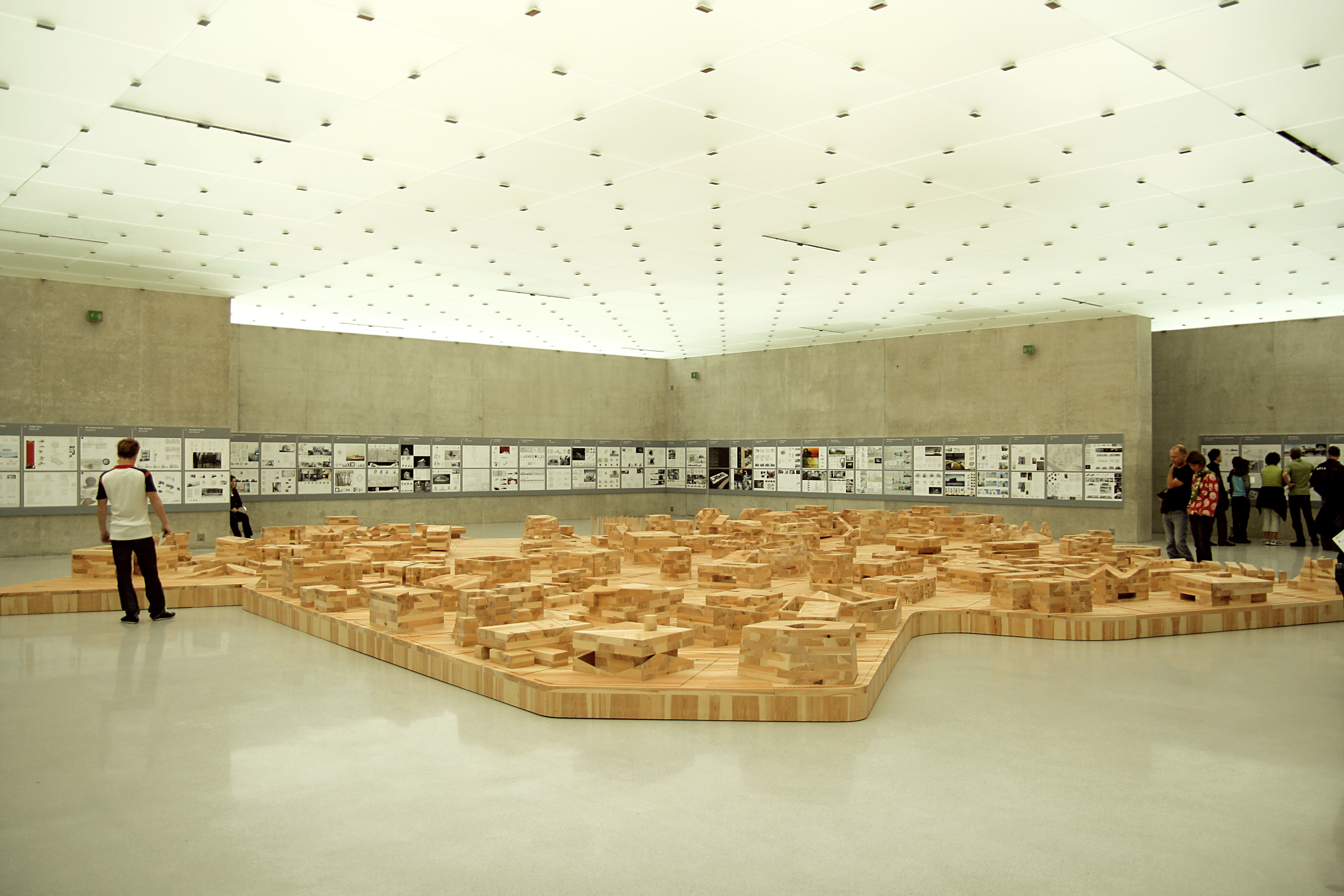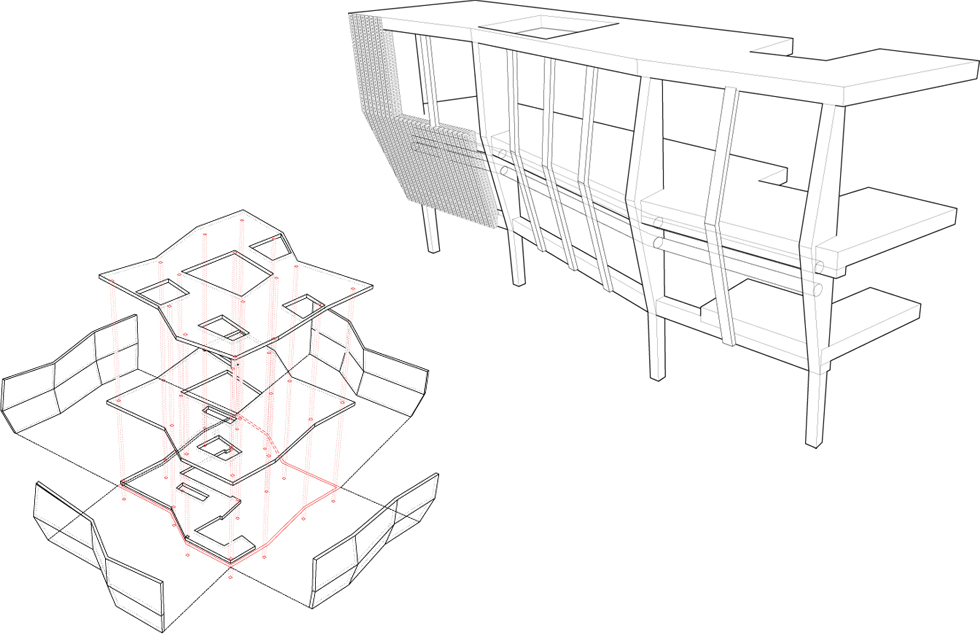Ordos 100 House

This villa design is our contribution to the Ordos 100 project curated by AI Wei Wei and Jacques Herzog to develop a residential area in the Inner Mongolia city of Ordos with the participation of 100 architects from all five continents.
The Ordos house makes part of the ORDOS100 project curated by AI Wei Wei and Jaques Herzog for the development of 100 villas in the cultural district of the inner Mongolia city of Ordos. Our proposal embraces the local tradition of understanding the exterior as part of the domestic space. Each of the different programs has its own exterior domain. This relationship between the interior and the exterior goes beyond a visual relationship or an extension of the usable surface to become a device for environmental control and a system of guaranteeing privacy.
Strictly respecting the master plan, the position of our proposal on the northern edge of the site generates an open space that is oriented to the south for good exposure. We’ve sunken part of our site to protect it from the winds and increase the level of privacy of this outdoor room. The house’s general volume is positioned in such a way that above the street level it remains closed yet to the garden it is totally open. Thus, the house has an introspective disposition.
In an extreme climate such as that of Ordos, with hot temperatures during summer and cold ones during winter, the relation between form, openings to the exterior and environmental efficiency becomes a first priority.
We have responded to the desert conditions from the site with a form that remains compact. Reducing exposure to the unprotected exterior and introducing perforations and protected outdoor spaces allow for better control of the exchange between exterior and interior in this harsh climate. Each of the main spaces of the house has a patio with southern orientation that will collect the best sun exposure while protecting from the winds. The house’s thick double-layer walls guarantee good insulation while the thickness of the wall allows for large openings on the inside face. This allows us to collect the lower winter sunlight while protecting the house from the extreme sun of the summer.
The house has a concrete frame that will be built in situ, and all the facades will be made of a double layer of black brick. The out layer of the façade will be constructed from reinforced brick of 37cm that transitions from vertical to slightly tilted in a series of ruled surfaces. These walls will be fixed to the concrete slabs at the top and bottom edge to ensure structural integrity. The interior layer of the wall construction responds to the different programs of the rooms. The resulting space captured between the exterior, tilted walls and the interior, vertical walls allow for all of the mechanical services to be concealed with immediate access to the living spaces of the house.
We are using local species that will thrive in the local climate. At street level we will use conifers that build an edge condition. This plantation has a double role. On hand these plantings protect the sunken garden, but at the same time it provides some definition and identity to the parcel in relationship to the street. Those linear accumulations of trees provide shade and protection from the wind. From the main outdoor space of the house, the inhabitants will perceive the sunken garden as a domestic patio thanks to the continuity of the tree canopies as they filter out the surrounding public spaces of the master plan.
To control access to the site in certain areas, such as the roof of the pool or the east edge near the entry for workers, we will use lower brushes that do not distract from the geometry of the house itself. The rest of the outdoor space, such as the sunken garden and the upstairs patios, will be mainly dry with punctual plantations. The conducts go all around the perimeter between the two layers of the facade and service every room.
Temporary Extension UPF
In collaboration with SiO2arch
Project duration: 2008
Promotor: Private
Type: Housing
Area: 900 m2
Site: Inner Mongolia, China
Design team: Bence Pap and Sanshan Qui
In collaboration with SiO2arch
Project duration: 2008
Promotor: Private
Type: Housing
Area: 900 m2
Site: Inner Mongolia, China
Design team: Bence Pap and Sanshan Qui



